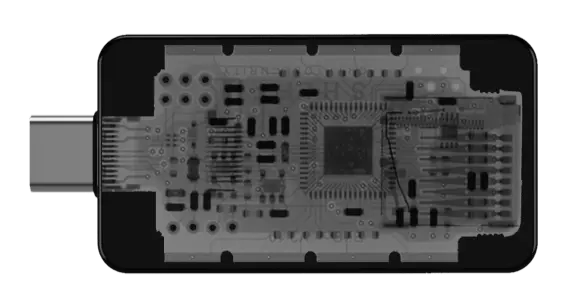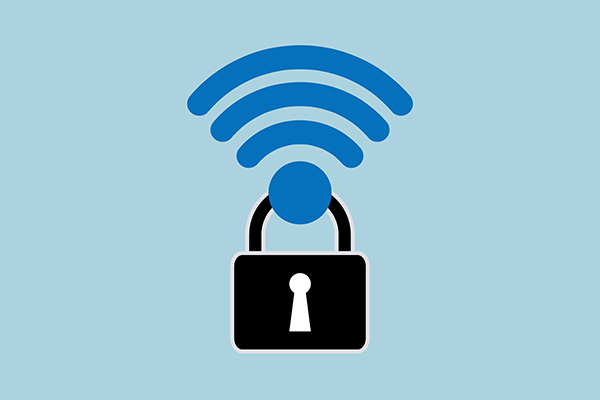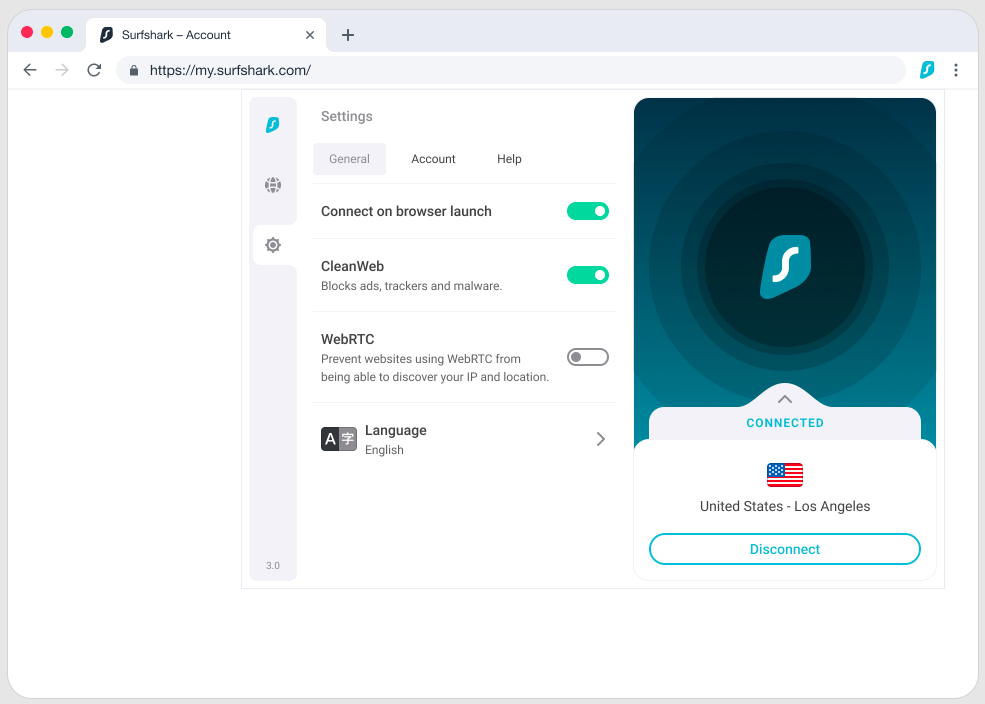When you move into a new apartment or house the first thing most people do is setup their Wifi router through their ISP (Internet Service Provider). This is done quickly so all the devices in your home can start streaming like TV’s, computers and phones.
This process should be done with caution and in a very protective way. If it is not done cautiously then your Wifi Security can be compromised. Most people when they setup their router, they name the wifi after their address or apartment number. This is something you should never do. Another example of lazy step people take when setting up their Wifi is making the password the same as their Netflix account. This password should be random and made from a website like this one. (Here) These steps are just 2 of the 10 we recommend to people when they set up their Wifi Router.
Steps to improve your Wifi Security
1st Step
Use a strong password, as mentioned before most people make the mistake with using a familiar password that they use on other devices and accounts. This move can harm your security for the accounts that use this password. We recommend using random.org this site allows you to pick what kind of password you want. They also let you choose the number of passwords generated at one time. We suggest you pick the maximum amount and then pick a random password. This a precaution from even the website knowing what password you have used. If you were to just generate one password then leave the site then anyone running the website could assume your IP address picked that address for an account thus having compromised password.
2nd Step
Make your Wifi name random, Do not name it after your address, Do not put your name in it, Don’t put anything in it that relates to your personal life. If you’re stuck on a Name for your Wifi then go to a random word generator. Heres one (Here). If you want to keep people away from it then make sure to add lots of numbers.
3rd Step
Set your Wifi to WPA2 or WPA3(if available), WPA2 or Wifi protected access 2 is a protocol that encrypts your data that is being sent through the internet to be unreadable by anyone using a WireShark. WPA3 is the same thing but a better encryption protocol. It is not available for all routers just yet, so don’t sweat if you don’t see it available.
4th Step
Disable WPS (Wi-Fi Protected Setup): WPS can be susceptible to brute-force attacks. It’s recommended to disable this feature on your router, as it poses a potential security risk. If you are interested in how this type of attack works check out this article here.
5th Step
Create a guest network, No matter how well you know someone their phone on your network could be used to snoop on other devices connected to the same network. So having a guest network keeps all your trusted devices separated from any device that could be hacked or have certain settings which allows apps to discover other devices on the network.
6th Step
Disable remote management for your router, If somehow someone was able to get access to your router and your remote management was on then they can see all the incoming and outgoing traffic on your router compromising your private information.
7th Step
Keep your routers firmware up to date, hackers love to dissect routers then can get their hand on and find any compromises that could be used against potential targets. ISP’s keep up to date with the latest breaches and update their firmware on their routers when they discover a problem. It is important to keep your systems up to date for the best wifi security.
Advanced Options
8th Step
Enable MAC address filtering: Configure your router to only allow specific devices to connect based on their unique MAC addresses. This adds an extra layer of control and prevents unauthorized devices from connecting to your network.
9th Step
Use a strong firewall: Enable the built-in firewall on your router to provide an extra layer of protection against unauthorized access and potential threats from the internet.
Final Step
Enable a VPN on your router, VPN’s are probably one of the most important things to use when internet security comes up. This is why we suggest a VPN on your router. If you don’t know what a VPN is here is an article we have written. This option is for more advanced users who really put their network security and privacy first. OpenVPN provides a great open-source software for anyone to setup and use for their VPN needs.
-
Why BitBox is Great for the New USB-C Age

What is BitBox? Well if your new to the internet or don’t know anything about crypto then this might seem like a magic internet box that is special and only very smart people have. Well yes and no, dumb people can have it to! Having BitBox makes you 99% smarter than the average population but…
-
Can Microsoft read the data in your files?
Companies, Governments and privacy gurus (myself) are becoming 10x more risk averse when it comes to your data. Data that might seem so minute and unimportant can be used to identify you in a second. It could reveal your location, your age and even when you are going to the bathroom. So you can see…
-
How to Remove Metadata from your Photos
Metadata is a huge culprit when it comes to privacy online. Anything you create or post online has some kind of Metadata that can reveal a number of things about where this data is coming from. Metadata main purpose is to not reveal information about you but it’s their so the programs processing this information…

